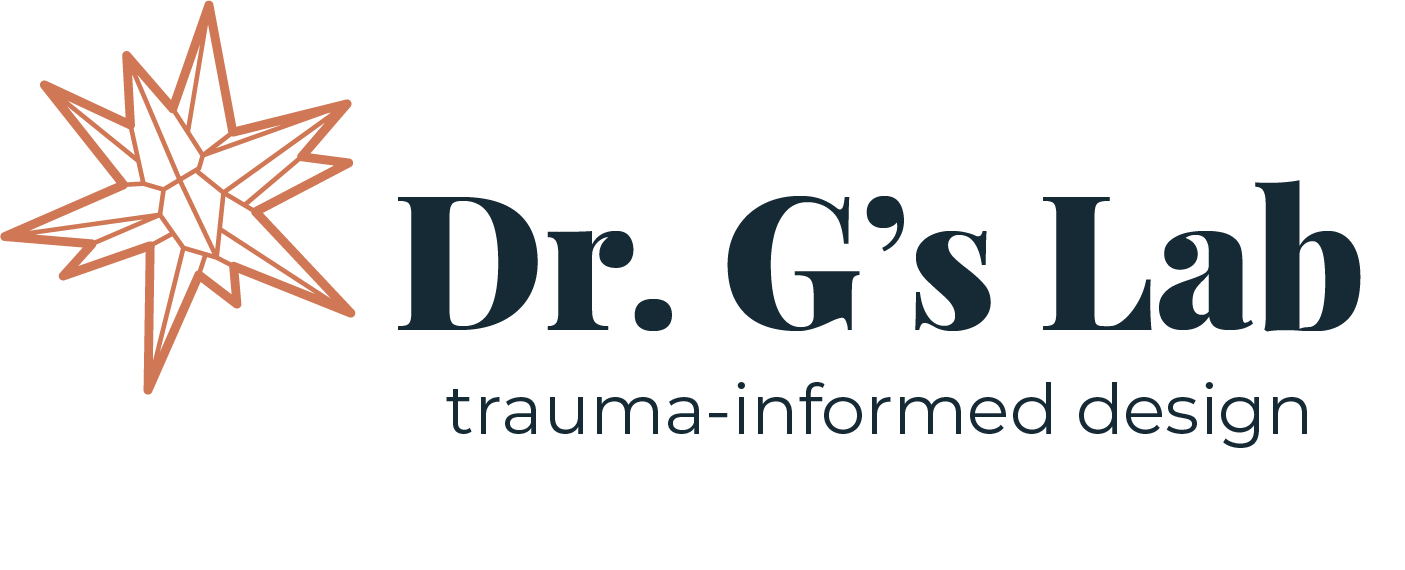Behind the Scenes: The Making of a Trauma-Informed Youth Advisory Board
Creating a Trauma-Informed Youth Advisory Board is not just about assembling a group of young individuals to provide input; it's about building a safe and supportive space for their voices to be heard and valued.
In this blog post, we'll take you behind the scenes to explore the intricacies of establishing a Trauma-Informed Youth Advisory Board and why incorporating trauma-informed design is crucial in this process. Whether you're an educator, youth advocate, or simply interested in empowering young voices, this article will shed light on the essential elements of creating an effective youth advisory board.
The Significance of a Youth Advisory Board
A youth advisory board serves as a platform for young people to have a voice in decision-making processes. It provides an opportunity for them to express their opinions, ideas, and concerns regarding policies, programs, and services that directly impact their lives. By involving young individuals in these discussions, we empower them and show them that their perspectives matter. Additionally, a youth advisory board can act as a bridge between youth and the adults who serve them, fostering a sense of belonging and connection.
Trauma-Informed Design: A Guiding Principle
Trauma-informed design is a crucial aspect of creating a youth advisory board that truly meets the needs of young individuals. This approach recognizes the impact of trauma on individuals and seeks to create an environment that is safe, supportive, and empowering. By incorporating trauma-informed principles into the design of the board, we ensure that the voices of young people are heard and respected, while also considering their unique experiences and challenges.
The Making of a Trauma-Informed Youth Advisory Board
Creating a trauma-informed youth advisory board involves careful planning, collaboration, and a deep understanding of the needs and experiences of young individuals.
Here are some essential steps in the process:
1. Engaging Youth
The first step is to actively engage young individuals in the process. This can be done through outreach programs, partnerships with youth organizations, or even through schools and community centers. By reaching out to young people directly, we can ensure that their voices are represented and that they feel a sense of ownership over the board.
2. Providing Training and Support for Adults
To effectively engage with young individuals, it is vital for adults involved in the advisory board to receive proper training and support. This includes education on trauma-informed principles, active listening techniques, and understanding the unique challenges faced by young individuals. By equipping adults with the necessary knowledge and skills, we can create an environment that is empathetic, supportive, and responsive to the needs of young people.
3. Incorporating Trauma-Informed Practices
In the design and operation of the youth advisory board, it is essential to incorporate trauma-informed practices. This includes creating a safe and welcoming physical space, using trauma-sensitive language, and ensuring that young individuals have access to support services when needed. By implementing trauma-informed practices, we can create an environment that promotes healing, empowerment, and positive growth.
4. Fostering Collaboration and Empowerment
A trauma-informed youth advisory board should be built on principles of collaboration and empowerment. Young individuals should be actively involved in decision-making processes, given opportunities to lead and take on responsibilities, and be encouraged to express their opinions and ideas freely. By fostering a sense of collaboration and empowerment, we create an environment where young individuals can thrive and make a meaningful impact.
Conclusion
The establishment of a trauma-informed youth advisory board is a crucial step in promoting the well-being and success of young individuals. By actively involving them in decision-making processes, providing support and training for adults, and incorporating trauma-informed practices, we create an environment that fosters healing, resilience, and empowerment. Let us continue to build bridges and ensure that the voices of young people are heard and valued, as they are the future leaders and change-makers of our society.

